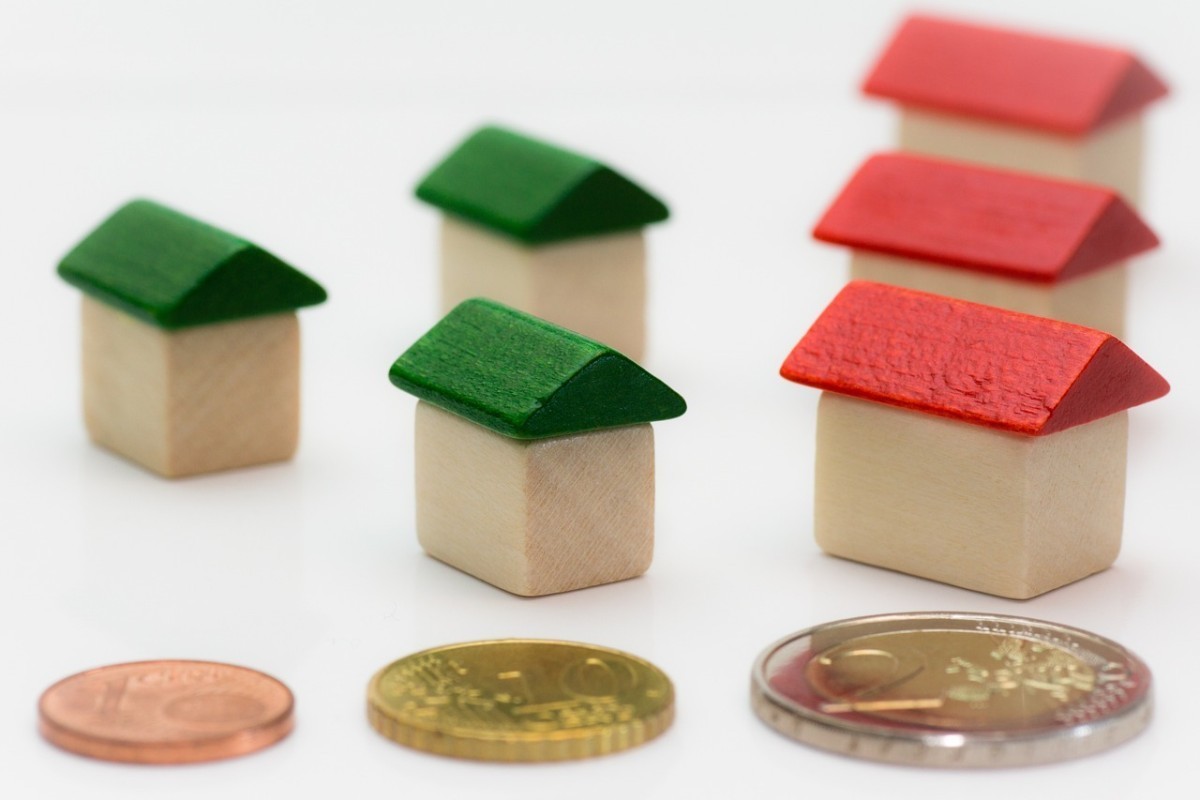
Stamp Duty (known in Spain as AJD or Impuesto de Actos Jurídicos Documentados) is one of the taxes associated with the purchase and sale of a property in Spain. Its amount depends on the Autonomous Community in which the property is located, as it is a tax that is managed by a devolved administration. Take note of who pays Stamp Duty in Spain, what this tax is levied on, how to calculate its amount and when it is paid.
What is Stamp Duty in Spain?
Mortgage stamp duty or AJD (Impuesto de Actos Jurídicos Documentados) is one of the taxes associated with the purchase and sale of a home in Spain, among many other transactions. In general, it is levied on the formalisation of certain transactions through public deeds (notarial documents), although it can also be levied on commercial and administrative documents.
In the case of the sale of a property, this tax is levied on both the deed of sale and the mortgage deed.
Who pays Stamp Duty in Spain?
As for who pays the Stamp Duty, Article 29 of the Law on Stamp Duty states that "the taxpayer shall be the purchaser of the property or right and, failing that, the persons who request or apply for the notarial documents, or those in whose interest they are issued".
Until relatively recently, it was understood, in the case of mortgage deeds, that the responsibility for paying this tax fell exclusively on the purchaser. However, in 2018, the Supreme Court modified its criteria, understanding that the business that registers is the mortgage and that the only party interested in converting this contract into a public deed is the bank.
This was followed by a legislative amendment that assumes this criterion, which came into force on 9th November 2018. Thus, article 29 of the Law went on to qualify the following:
"In the case of deeds of loan with mortgage guarantee, the lender shall be considered the taxable person." On the other hand, in the case of the deed of sale, the taxable person is still the purchaser.
As to whether Stamp Duty is payable on new constructions in Spain, the answer is yes. In fact, together with VAT (or IGIC in the case of the Canary Islands), it is one of the taxes you will have to pay in this type of transaction.
In the case of a pre-owned property, the purchase is subject to Transfer Tax (Impuesto de Transmisiones Patrimoniales, ITP), which is regulated by the same law. The fixed part of the AJD must also be paid.
Percentage of the Stamp Duty Tax by Autonomous Community
The amount of Stamp Duty to the paid depends on the region in Spain where the property is located. As you can see in the following table, the highest amount of AJD is found in Aragón, Valencia, Cantabria, Castilla y León, Castilla-La Mancha, Murcia, Galicia, Extremadura and Catalonia. The Basque Country (0%), Navarre, Ceuta and Melilla are the autonomous regions with the lowest Stamp Duty.
With all this, it is important to highlight the reductions and exemptions of each autonomous community, designed for young people, people with disabilities, taxpayers with reduced incomes, purchase of VPO subsidised housing, victims of gender violence or terrorism.
| Andalusia | 1.2% |
| Aragón | 1.5% |
| Asturias | 1.2% |
| Balearic Islands | 1.2% |
| Community of Valenciana | 1.5% |
| Canary Islands | 0.75% |
| Cantabria | 1.5% |
| Castile-LaMancha | 1.5% |
| Castile-León | 1.5% |
| Catalonia | 1.5% |
| Ceuta | 0.5% |
| Extremadura | 1.5% |
| Galicia | 1.5% |
| La Rioja | 1% |
| Community of Madrid | 0.75% |
| Melilla | 0.5% |
| Murcia | 1.5% |
| Navarra | 0.5% |
| Basque Country | 0% |
Types of legal acts in Spain
Examples of legal acts are a marriage, a divorce, a rental agreement, a contract of sale or the signing of a mortgage. In general, a legal act is guided by the will of a person to enter into a specific legal relationship with another person or persons, which will create, modify or extinguish certain rights.
These are the main types of legal acts that are subject to stamp duty in Spain:
Notarial deeds
These are processed, as their name indicates, before a notary: wills, inheritances, donations, weddings, separations, divorces, marital contracts, deeds, powers of attorney, sales and purchases, declarations of new construction, mortgage loans, personal loans, incorporation of commercial companies, etc. are some examples.
Commercial documents
In general, commercial documents such as bills of exchange or documents that perform a draft function or replace bills of exchange are subject to Stamp Duty in Spain. The same applies to promissory notes, bonds, debentures and other similar securities issued in series, for a term not exceeding 18 months, when they represent the capital of others for which a consideration is paid, established by the amount paid for the issue and the amount committed to be reimbursed on maturity.
Administrative documents
In the case of administrative documents, the rehabilitation and transfer of greatness and titles of nobility are subject to this tax. Also preventive annotations made in public registers, when they have a valuable right or interest as their object. An example is a preventive annotation of seizure. They will be subject to tax when they are not ordered ex officio by the judicial authority.
How to calculate Stamp Duty in Spain

A key question is how Stamp Duty is calculated in Spain. It is important to know that the tax is divided into two types of fee:
- A fixed fee that is applied to the stamped paper on which the notarial documents are formalised. It amounts to 0.30 euros per sheet and 0.15 euros per page, and is identical throughout Spain. Its calculation will depend on how much paper is necessary to document the operations you wish to notarise.
- A variable fee which, in this case, depends on each Autonomous Community. It is used when the object of the deed is to be registered in the Land Registry (or in the Mercantile Registry, etc.). In the case of deeds of sale and mortgage loans, it is usual to pay this variable fee. Its quota varies between 0.5 and 1.5 depending on each autonomous region, as there are exemptions and reductions of all kinds. Its calculation will depend on the autonomous community in which the property is located, the amount of the mortgage (when it exists) and other factors that may determine reductions or exemptions.
Example of how to calculate Stamp Duty in Spain
An example of how to calculate the Stamp Duty Tax in Spain: if we take as a reference the rate applicable in the Community of Madrid (0.75%), we simply multiply this percentage by the percentage of the mortgage liability (for example, 0.0075 x 200,000 euros = 1,500 euros). The result will be the amount that we will have to pay as a variable quota.
Bear in mind that the concept of mortgage liability includes:
- The principal or amount of the loan
- The total amount of interest, both ordinary and late payment.
- The legal costs and execution expenses (they cannot exceed 5% of the capital).
In the case of the fixed fee, it is sufficient to multiply the number of sheets of stamped paper required by their price (0.30 euros). For example, if the deed has 30 pages, at 0.30 cents per page, we will have a cost of 9 euros.
When is the Stamp Duty Tax paid in Spain?
As we already know, AJD in Spain is a tax ceded to the Autonomous Communities. These are the ones that collect the money and set the amount to be paid by the taxpayer. To comply with this obligation, you must use form 600 from the Spanish Tax Office and provide a certified copy of the notarial document that is the source of the tax, as well as a simple copy of the same document.
In general, you will have to go to the Tax Office of the Autonomous Community where the property is located and you will have 30 working days from the execution of the public deed to pay the tax, although it is important to consult the Autonomous Community regulations for details.